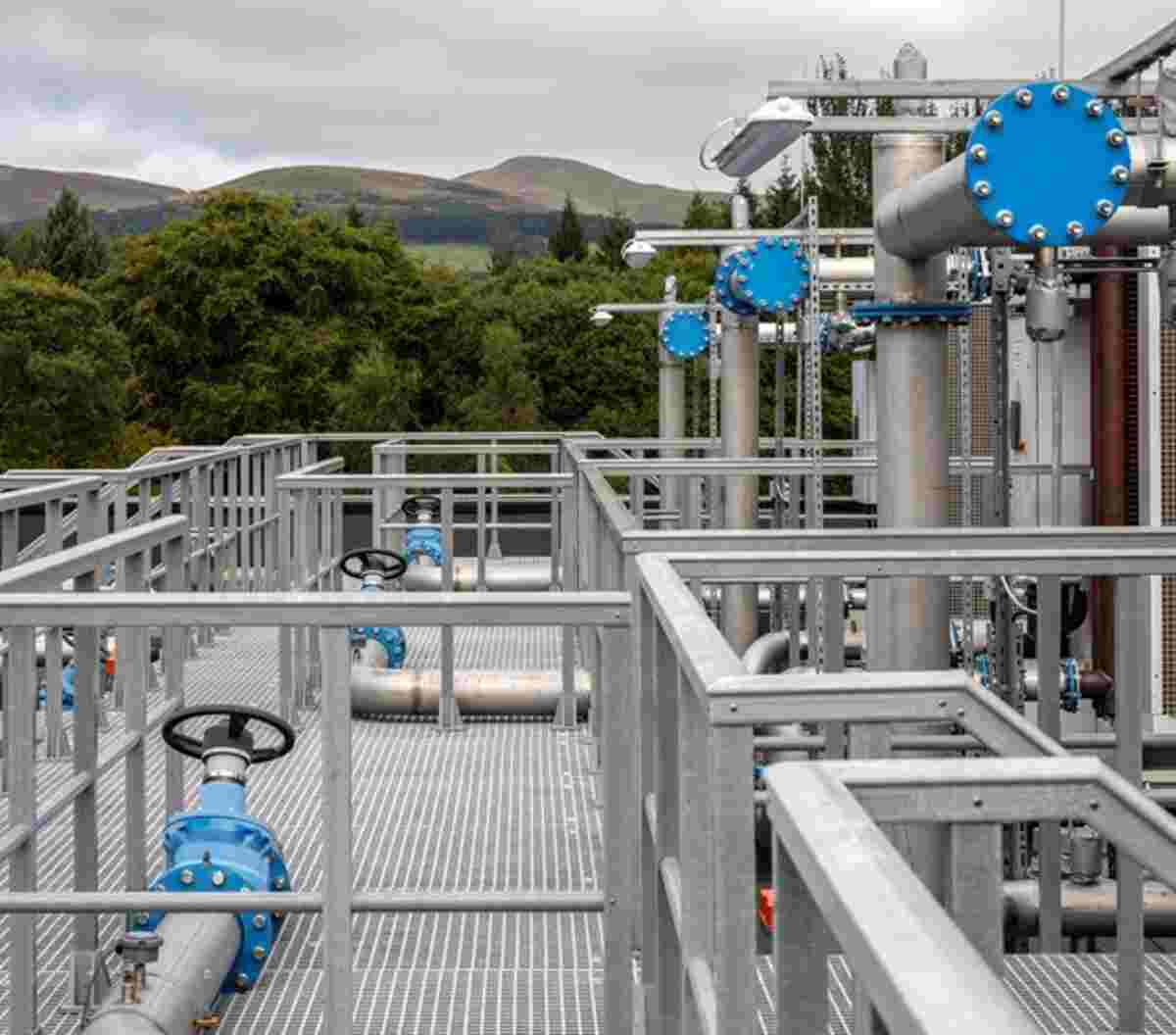Bold claims raise skepticism over utilizing waste supercomputer heat for home heating

Experts question feasibility and long-term impacts of Edinburgh Geobattery project
A groundbreaking project in Edinburgh aims to harness waste heat from a large computing facility and utilize disused mine workings to warm thousands of households. However, experts are raising skepticism about the feasibility and potential consequences of this ambitious endeavor.
The University of Edinburgh's Advanced Computing Facility (ACF) generates vast amounts of excess heat, which proponents of the project suggest could be utilized to warm at least 5,000 households in Scotland's capital. The facility, including the national supercomputer, currently releases up to 70 GWh of excess heat annually, and this figure is projected to rise to a staggering 272 GWh once the new next-generation supercomputer is installed.
The £2.6 million feasibility study intends to investigate the potential of storing waste heat in old mine workings. The proposal envisions capturing the heat from the supercomputers and transferring it to the mine water, which would then be channeled through natural ground water flow to warm people's homes using heat pump technology.
Experts, however, express deep reservations about the viability and long-term implications of such an undertaking. They argue that the proposed system involves substantial technical challenges and potential risks.
One concern is the costly and complex process of cooling the supercomputers sufficiently to capture the heat. The transfer and storage of such thermal energy on a large scale would require extensive infrastructure modifications and monitoring, potentially straining available resources and increasing the project's overall expenses.
Additionally, the reliance on disused mine workings as a heat storage solution raises questions about emissions and environmental impact. Critics argue that disturbing abandoned flooded coal, shale, and mineral mine networks could lead to the release of harmful substances, including heavy metals and toxins into the local ecosystem. The long-term consequences for both human health and the environment remain unclear.
While the Edinburgh Geobattery project claims that up to seven million households in the UK could potentially benefit from repurposing abandoned mine networks, experts question the scalability of this solution. They argue that the challenges and costs associated with implementing such a system on a national scale would be astronomical and demand considerable financial resources.
Furthermore, concerns are raised about the reliability and stability of heat pump technology in extreme weather conditions. Skeptics point out that extreme cold spells in Scotland, for example, could affect the efficiency and effectiveness of heat pumps, potentially leaving residents without adequate heating.
Despite these valid concerns, project leaders and partners remain optimistic and emphasize the potential benefits of unlocking waste heat storage solutions. The University of Edinburgh aims to align this initiative with its net-zero objectives and has invested £500k in the project. The Scottish Enterprise has also awarded a £1 million grant through various funding networks, highlighting potential market opportunities for Scotland's energy transition.
Nevertheless, as the Edinburgh Geobattery project progresses, scrutiny and close monitoring will be crucial to ensure that claims of turning waste supercomputer heat into cost-effective heat solutions for households can withstand skeptical inquiry and provide tangible benefits for both the economy and the environment.

 How to resolve AdBlock issue?
How to resolve AdBlock issue?